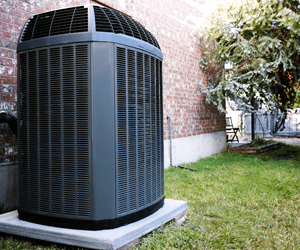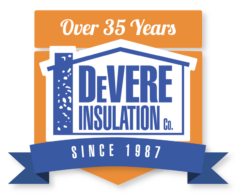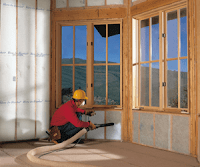
Spring weather is the perfect time to start saving money on energy bills. Don’t let comfortable temps fool you — the heat of summer isn’t far away and a cold winter is sure to follow. Here are five ways to help keep your energy bills in line this summer, and throughout the year:
- Tune up your HVAC system. A home’s HVAC gets a lot of use — it runs all winter to heat your home and often during the summer to combat heat and humidity. Call your local HVAC contractor and schedule a tune up.
- Install a programmable thermostat. Setting a programmable thermostat to a higher setting during the day when your family is at work or school can save roughly 10 percent on annual energy bills. If your home doesn’t have a programmable thermostat, visit your local hardware store and pick one up.
- Check your ceiling fans. It’s easy to forget to reverse ceiling fans when the seasons change. During summer, reversing your ceiling fans can help properly draw cool air throughout the home and create a slight breeze to make your home comfortable.
- Air seal. Air sealing your home keeps cooled air inside during summer and helps keep summer air pollutants like dust and pollen out of your home. Once air leaks are sealed this pays off year-round by keeping warm air inside during winter. It’s best to have air sealing done by a qualified contractor.
- Upgrade attic insulation. Most homes lack adequate insulation. As building codes change and require higher levels of energy efficiency, even newer homes can benefit from adding insulation. Blowing a fresh layer of insulation over your existing insulation is an easy and cost-effective way to reduce energy bills.
Don’t let another year of high energy bills take extra money out of your wallet. Contact our office with questions on these tips or to schedule a free insulating and air sealing estimate.

